What is SEO :
SEO means that we optimize our website, web pages according to search engines. According to the search engine, we can say that we make them search-friendly, so that our website, our business, ranks at the top whenever someone types related keywords in any search engine.

Which thing comes in On Page SEO :
So now whenever we see that SEO or I will say that optimization, which we do on our website, on our web pages, or you can say that optimization which is in our control, we call it on-page SEO, that SEO which is on your pages, whether I talk about its structure, that is, I talk about HTML, or I talk about its content.
So what is on-page, the major our images on our web pages should be well optimized, apart from that, there are many technical things that we can do from the developer end, the developer is also ours, this is under our control, all these techniques that you are seeing, all these techniques come in on-page, as I said, on-page means The things that are on our pages, that is, on the pages, we call them on-page SEO.
On-Page SEO: A Complete Checklist for Beginners
Introduction
Welcome to today’s session on on-page SEO! If you’ve already completed your keyword research, it’s time to dive into optimizing your web pages. This guide covers all the essential factors you must consider while performing on-page SEO, ensuring you don’t miss anything crucial.
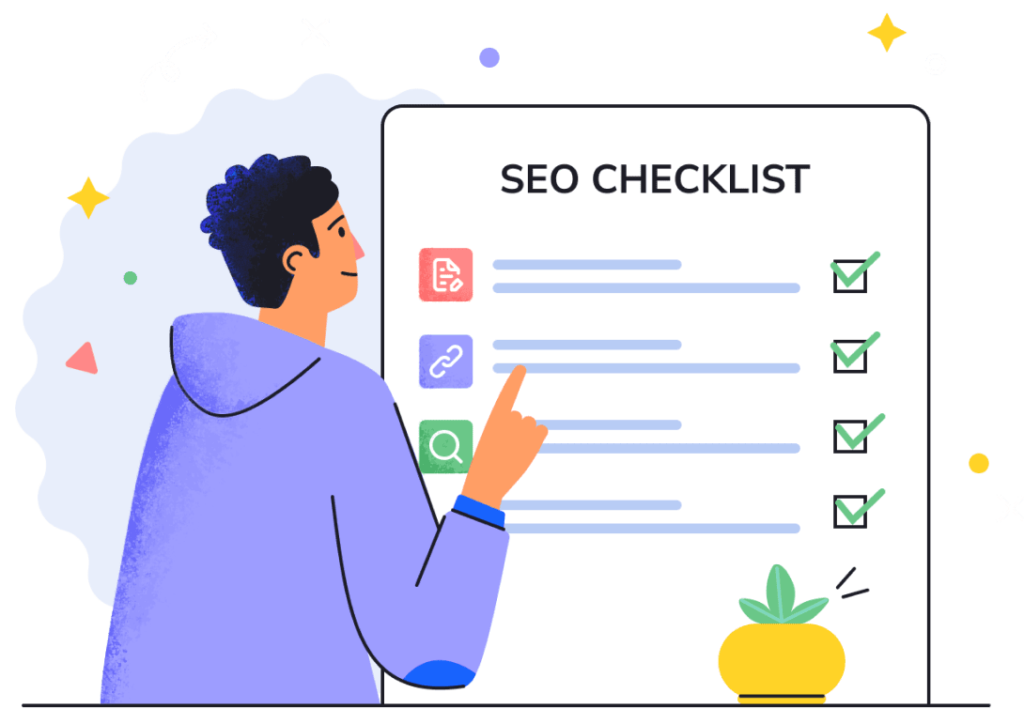
What is On-Page SEO?
On-page SEO involves optimizing individual web pages to improve their rankings on search engines. This process includes content optimization, tag adjustments, and proper structuring of web pages for search engines and users.
Understanding Source Code
Before diving into on-page SEO, it’s important to understand the source code of a website. The source code provides details about the programming language and structure of your web page.
How to View the Source Code?
On your browser, press Ctrl + U to view the full source code of any web page.
Alternatively, right-click on the page and select Inspect.
This step is essential to identify technical aspects and improve them during the optimization process.
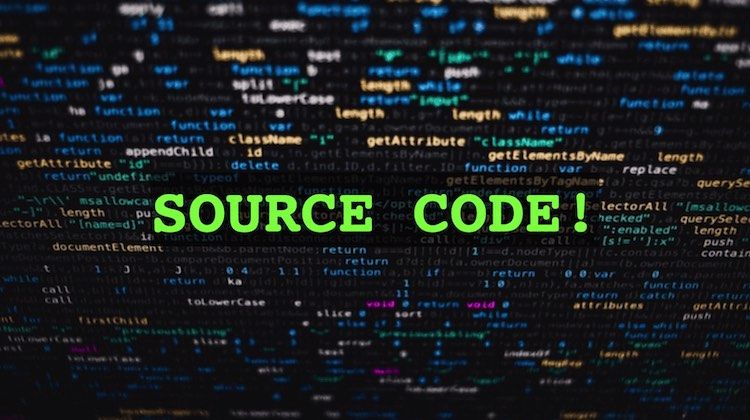
Key Components of On-Page SEO
1. Tag Optimization
Tags are essential for organizing your web page content for search engines.
Title Tags: These are the most important tags. They should include your primary keyword and clearly describe the page’s content.
Meta Description: This is a brief description visible in search engine results. It should be engaging and include keywords.
Meta Keywords: Though less relevant today, it’s still good practice to understand their usage.

2. URL Optimization
A clean, concise, and keyword-rich URL is crucial for SEO.
Use descriptive slugs that reflect the page’s content.
Avoid long or confusing URLs.
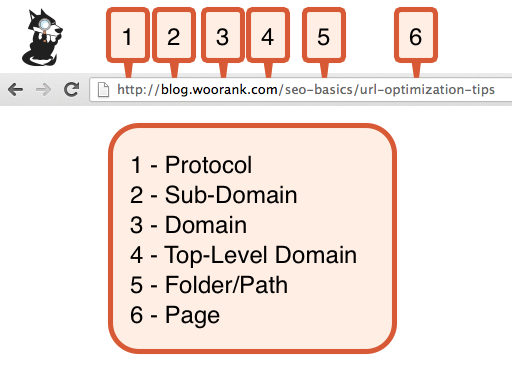
3. Heading Optimization
Headings (H1, H2, H3, etc.) structure your content and make it easy to read.
Use H1 for the main title and H2-H6 for subheadings.
Include keywords naturally in your headings.
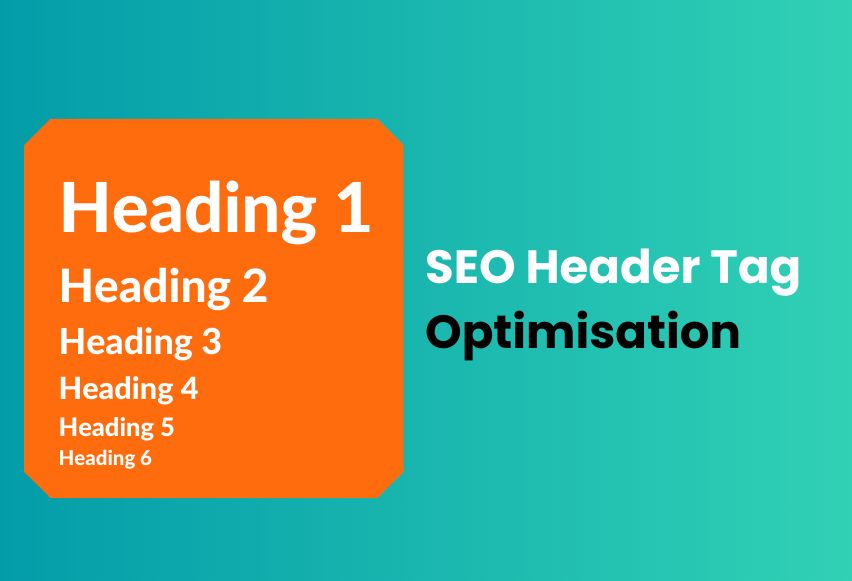
4. Internal and External Linking
Linking is an integral part of on-page SEO.
Internal Linking: Link to other relevant pages on your site to improve navigation and reduce bounce rates.
External Linking: Link to authoritative sources to build credibility.
Anchor Text: Use descriptive keywords as anchor text for all your links.
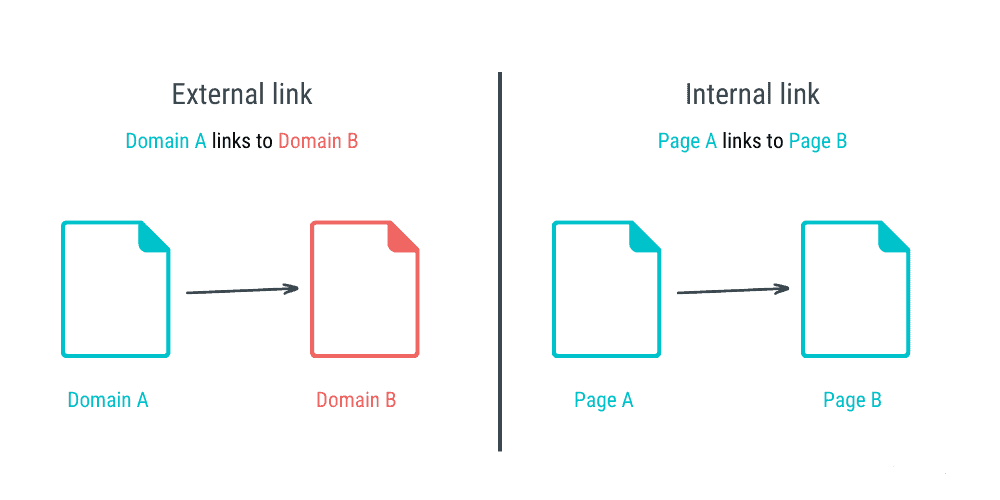
5. Content Optimization
Your content must be engaging, original, and relevant.
Keyword Density: Avoid keyword stuffing. Maintain a natural flow while including keywords strategically.
Plagiarism-Free Content: Always ensure your content is unique. Tools can help detect plagiarism.
Grammar and Spelling: Flawless grammar enhances readability and credibility.
Avoid Keyword Cannibalization: Prevent multiple pages from competing for the same keyword.
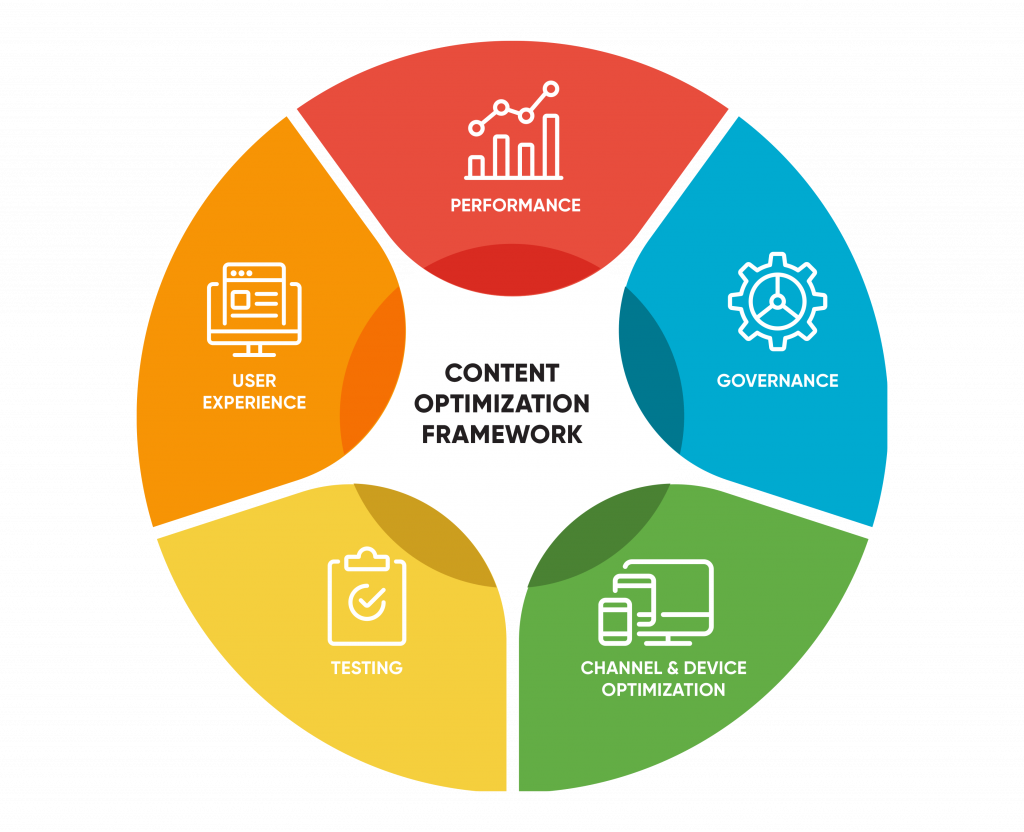
6. Image Optimization
Images are part of your content and need to be optimized for performance.
Compression: Reduce image size without compromising quality to improve load times.
Alt Text: Add descriptive alt attributes to help search engines understand the image content.
Titles: Provide relevant titles for all images to improve accessibility.
Ensure images are copyright-free or give proper credit.
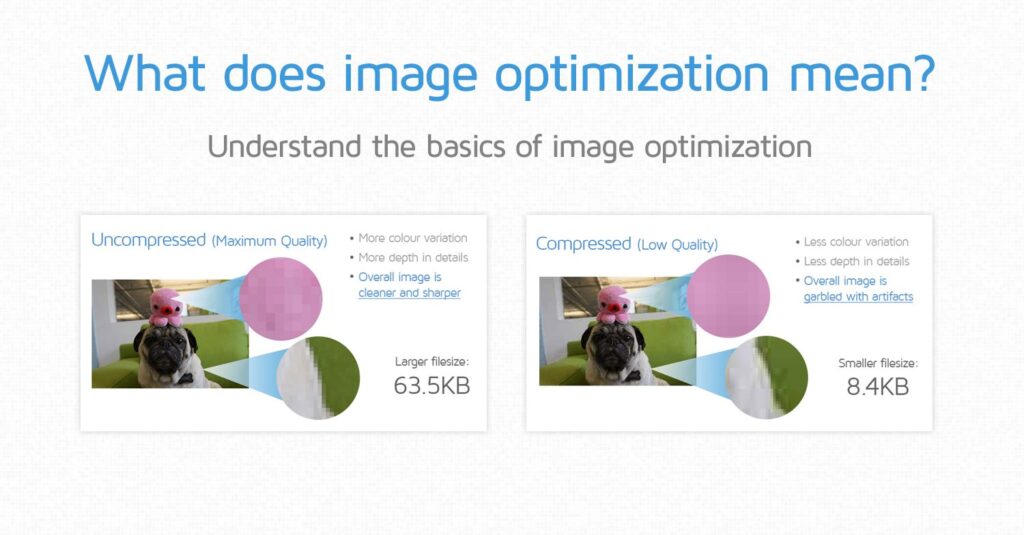
7. Avoid Article Spinning
Article spinning (rewriting existing content automatically) is considered a black hat SEO technique. Always aim for original, high-quality content to avoid penalties.
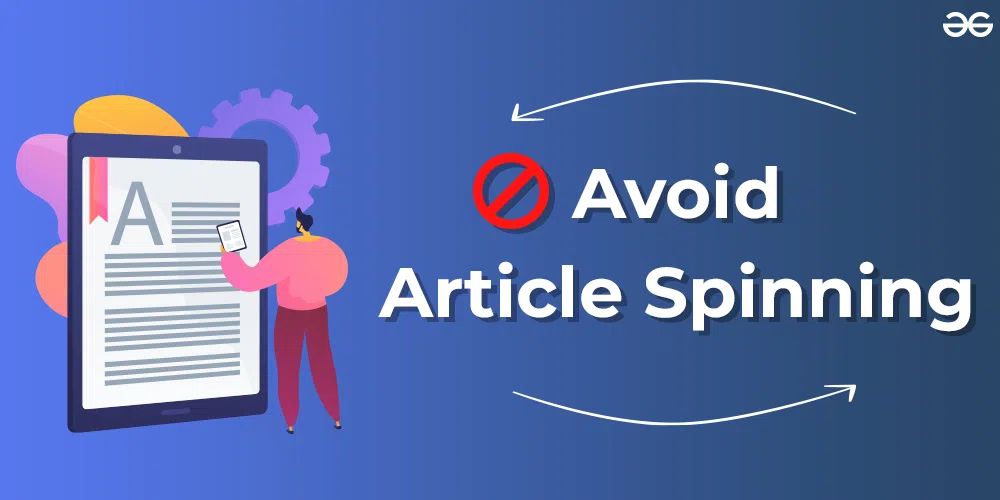
Conclusion
On-page SEO is a blend of technical adjustments and creative practices. By following this checklist, you’ll ensure your website is well-optimized for both users and search engines. In upcoming videos, I’ll discuss each point in detail, covering how to implement these practices on various platforms like WordPress and non-WordPress websites.
Stay tuned for advanced tips and updates, and remember: consistent practice and logical application will help you achieve the best results in SEO!
SEO Off Page , You should also read it!

I ll lose my head mm in my colleagues with the border we were